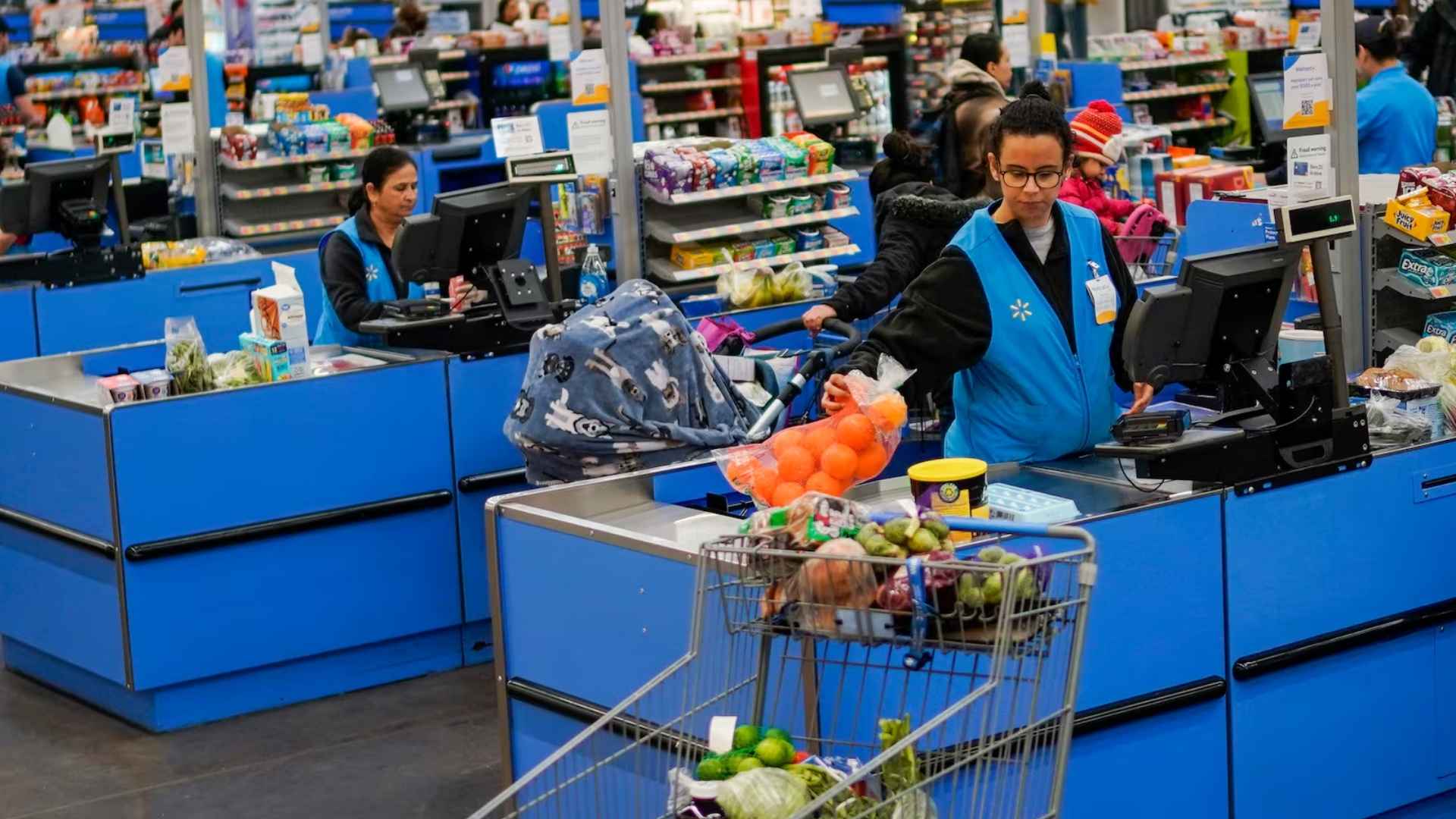The popular retailers are forecasting an unsettling future for the industry.
The world of retail seems to be in constant motion, never staying calm for long. Just five years ago, many of America’s largest stores identified forced lockdowns and covid as their biggest threats. Who would have expected that today they’d be pointing to tariffs as the next big worry?
First, let’s recall how covid battered countless retailers. “Two weeks to stop the spread” turned into long months of lockdowns and social distancing, leaving smaller operations unable to survive. Bigger corporations like Walmart and Kohl’s weathered the storm, but they’re now bracing for a different challenge: hefty taxes on imported goods.
Why major American retailers like Walmart and Kohl’s fear higher import tariffs
Tariffs, which are essentially taxes on foreign products, can protect domestic businesses by making outside goods costlier. President Donald Trump’s latest proposal includes significant tariff hikes on imports from several key regions. It might make sense for bolstering the American economy, but major chains that rely on Asian imports feel they could face a serious blow to their pricing strategies. Below is a quick overview of the proposed rates:
| Country | Tariff |
|---|---|
| China | 34% |
| Vietnam | 46% |
| Taiwan | 32% |
| India | 26% |
| South Korea | 25% |
| Japan | 24% |
| EU | 20% |
How new tariff policies from the Trump administration could disrupt retail operations nationwide
Walmart and Kohl’s both import a large part of their merchandise from Asia. They also do most of their sales in-person, so they must keep shelves fully stocked to keep foot traffic high. Maintaining attractive prices is crucial, but tariffs pose a direct threat to those low-price points. Could Walmart leverage its size to push suppliers into absorbing some costs? Possibly. But what about Kohl’s, which may not have the same leverage? Some experts worry this could be the tipping point for stores already struggling to recoup pandemic losses.
In fact, many smaller brands within these giant chains could also suffer. Retailers often negotiate bulk deals with overseas manufacturers, and sudden tariff increases may force them to raise prices. That, in turn, might make customers think twice before buying certain goods. Have you considered how even a few extra dollars on a product can sway shopper habits?
What consumers and retailers can do to prepare for possible price increases
Shoppers should watch for potential shifts in pricing and seek discounts or loyalty programs that might soften the impact. Retailers, on the other hand, may explore new sourcing options or renegotiate terms with existing suppliers. Some are even looking at domestic partnerships to reduce import volumes.
Overall, the proposed tariff hikes highlight a changing landscape for American retail. While Walmart might absorb some financial hits, Kohl’s could find itself in a precarious position. Both companies, however, insist they’re committed to serving customers at prices people can afford.

